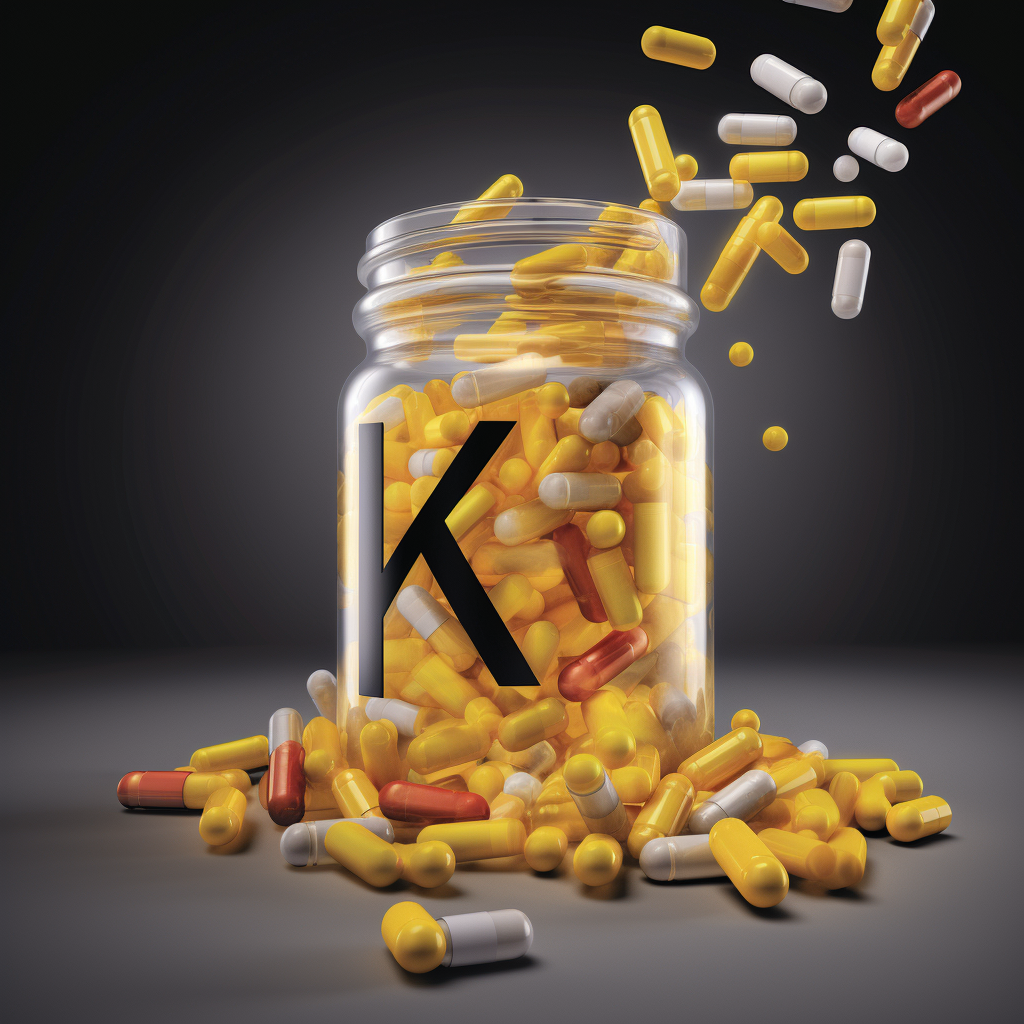Club kids can take credit for identifying pharma’s latest blockbuster
There are plenty of people who have taken ketamine recreationally or as part of the “illicit” market since the 1990s and 2000s. But even the ones that say it makes them nauseous or don’t particularly like the effects, recognized “Special K”‘s potential to address deep trauma, like from any number of the tragedies through those times.
There are even club kids who think access to ketamine could have altered the course of the Opioid Crisis. Because it did for them in the 90s and 2000s what so many who turned to opioids didn’t do: a chance to start healing. Since there are people who are effectively treating constant cravings for opioids with monthly or bimonthly treatments available through clinics, that tracks.
In the late 90s, club kids were demonized for their use of “Special K,” or “Vitamin K,” a recreational drug more commonly known as ketamine that’s been a pharmaceutical considered among the safest drugs for anesthesia known, approved since 1970 by the FDA.
Fast forward to now, and we see the powerful impact that esketamine, one of the two mirror image isomers of ketamine, has on patients with treatment-resistant depression (TRD).
Janssen’s esketamine SPRAVATO® is on track to become a blockbuster therapeutic, highlighting the immense potential of psychedelics in addressing mental health crises.
What if we had listened to those club kids in the 90s? Could more people have been helped, and fewer people turned to opioids?
TRD, or treatment-resistant depression, refers to depression that doesn’t improve after trying at least two different antidepressant medications.
Traditional treatments like transcranial magnetic stimulation (TMS) and electroconvulsive therapy (ECT) have been used in these cases, but their efficacy has been limited.
Esketamine, on the other hand, is claimed to offer a new paradigm for treating patients with TRD, because ketamine requires only periodic treatments rather than daily oral antidepressants.
The newest results on top of decades of studies showing ketamine’s relative safety – if not being completely free of potential for disorder – show that ketamine has the potential to support those facing opioid use disorder. Though not completely free of risk around death or overdose, ketamine use in the illicit recreational contexts provides decades of examples of use in folk medicine contexts of these substances, showing that while there are risks, many people have used with little or absolutely no supervision with beneficial effects.
Some who have used ketamine recreationally exhibit substance use disorder behavior around ketamine, and some people have died from overdose or suicide, but the large majority of people who have benefitted from ketamine have done so without dying or any permanent impact of even intense sustained use for several years, and extended use over many decades. These people could participate in additional studies, with the proper privacy protections in place.
The recent success of SPRAVATO® has far-reaching implications for the psychedelic therapeutics space
Not only does esketamine’s success prove that psychedelic therapeutics can achieve commercial success by big pharma standards, but it also paves the way for new psychedelic treatments and neurotechnology programs.
This paradigm shift in mental health treatment is only the beginning, with organizations like the Multidisciplinary Association for Psychedelic Studies (MAPS), COMPASS Pathways, and Freedom Biosciences all developing next-generation psychedelic therapeutics, among many others.
A darker side to the psychedelic story that not enough people are bringing to light
People continue to go to prison for accessing and making available these very same drugs, and cartels continue to thrive even as the stigma and shadow of blanket criminalization destroy lives and impedes research with an overemphasis on low-level use and possession violations, while organized crime prospers seemingly unabated.
The lesson we can take from this is clear: we must be open to the potential of emerging therapeutics and reconsider our approach to criminalization. Doing only one or the other risks hypocrisy we have too much in society already.
If we had listened to the club kids in the rave years of the late 90s and 2000s, we might have discovered 30 years sooner the therapeutic potential of ketamine, possibly preventing the opioid crisis that has gripped the world.
It’s essential to keep an open mind when it comes to novel therapeutics and the people who advocate for them. By embracing the potential of emerging treatments like esketamine, we can make strides in addressing mental health crises and create a brighter future for millions of people suffering from debilitating conditions.
Let’s end the stigma.
Let’s bring people in from the shadows.
We all want something real.

Leave a Reply